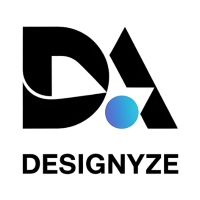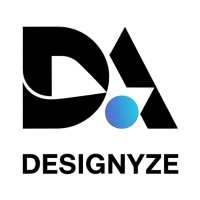Graphics Design
Graphic Design is the art and practice of creating visual content to communicate messages effectively. It combines images, typography, colors, and layouts to produce designs for various media such as print, digital platforms, advertising, branding, websites, packaging, and more. Graphic designers use software tools like Adobe Photoshop, Illustrator, and InDesign to create visual compositions that attract attention, convey ideas, and evoke emotions. The goal of graphic design is not only to make things look aesthetically pleasing but also to ensure clear communication and a strong connection with the target audience.
It involves understanding principles like balance, contrast, hierarchy, alignment, and space to organize elements harmoniously. Graphic design plays a critical role in marketing and branding by shaping how businesses present themselves and engage customers visually. It spans multiple specialties, including logo design, web design, typography, illustration, and user interface (UI) design. In today’s digital world, graphic design continues to evolve with new technologies, making it a vital field for creativity and communication.
Problems
One of the major problems in graphic design is miscommunication between designers and clients, which can lead to misunderstandings about project goals, style preferences, or deadlines. Another challenge is creative blocks, where designers struggle to come up with fresh, original ideas, especially under tight deadlines. Additionally, keeping up with rapidly changing technology and design trends can be overwhelming, requiring continuous learning and adaptation. Designers also often face limitations in budget or resources, restricting the quality or scope of their work. Lastly, balancing aesthetic appeal with usability and functionality can be difficult, especially in digital design, where user experience is critical. These problems can impact the effectiveness and efficiency of the design process, sometimes resulting in unsatisfactory outcomes.
Solutions
Results
Applying solutions to common graphic design problems leads to significant improvements in both the design process and the final outcomes. First, clear communication and structured feedback ensure that client expectations are met, reducing misunderstandings and fostering stronger client relationships. Overcoming creative blocks and managing time effectively results in more innovative designs and improved productivity, allowing designers to meet deadlines without compromising quality. Staying up-to-date with industry trends and using the latest tools ensures that designs remain relevant, modern, and technically proficient. Efficient resource and budget management ensures that even with limited budgets, high-quality designs can still be produced by prioritizing key elements and utilizing cost-effective tools. Balancing aesthetics with usability leads to designs that are not only visually appealing but also user-friendly, enhancing customer satisfaction. Moreover, using project management techniques helps ensure on-time delivery by keeping tasks organized and manageable, while clear revision limits reduce excessive changes and improve overall project efficiency. In essence, these solutions streamline workflows, boost creativity, and ultimately result in designs that are both functional and impactful.



